Image
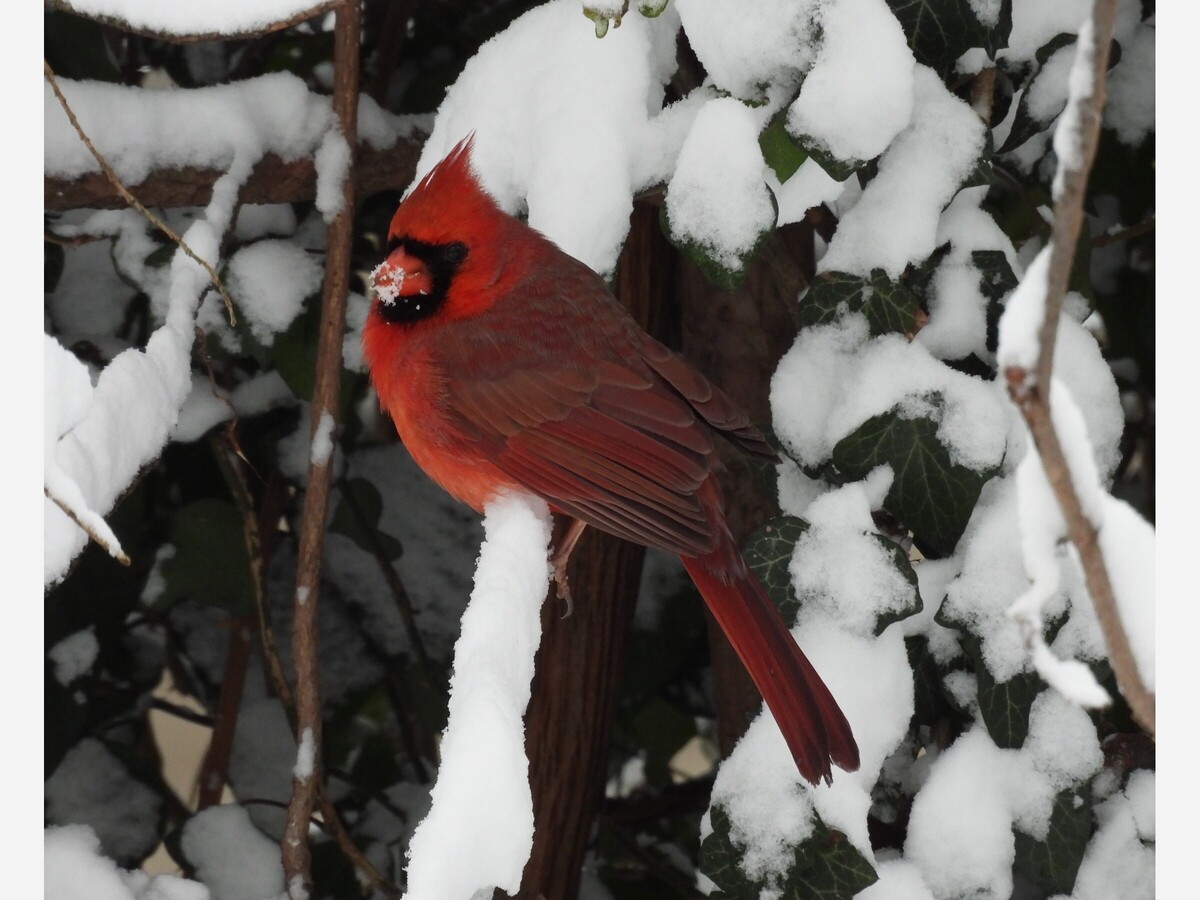
by Mike Strzelecki*
Birds have settled in for the summer. The spring migratory birds have passed through the area and the resident birds have finished their breeding and baby-rearing chores. For our avian friends, it’s back to the mundane daily rhythms of survival.
Now is a good time to learn some simple bird songs. This column will introduce you to ten birds that can routinely be seen in backyards in this region. For each bird, I will describe the song and post a link to a recording of that bird’s song. It must be remembered that birds have different calls and songs for different occasions, but I've used the song that the bird most commonly uses and is most noted for. I will also offer a few simple mnemonics to help you remember certain songs.
Also of note, birders learn quickly that bird “songs” and bird “calls” are different sounds. Bird songs tend to be longer and more complex strings of notes, usually associated with activities like courtship or territorial battles. Bird calls are shorter notes that convey a specific message, like when there is danger around, or a mother wants the baby to follow her. I saw it written that bird songs are behaviors unto themselves, whereas bird calls accompany a specific behavior. I will be providing bird songs in this column.
With its blazing red feathers, the northern cardinal may be the easiest bird to spot in your yard. It is also one of the chattiest birds. My birder wife described it perfectly to me when she said that cardinals sound like they are shooting laser guns at you.
https://www.bird-sounds.net/northern-cardinal/

The Tufted titmouse is a more reclusive bird that loves to sneakily come to feeders, grab a few seeds, and disappear immediately. It has a loud, recognizable call that sounds like it is screaming “Peter, Peter, Peter.”
https://www.allaboutbirds.org/guide/Tufted_Titmouse/sounds
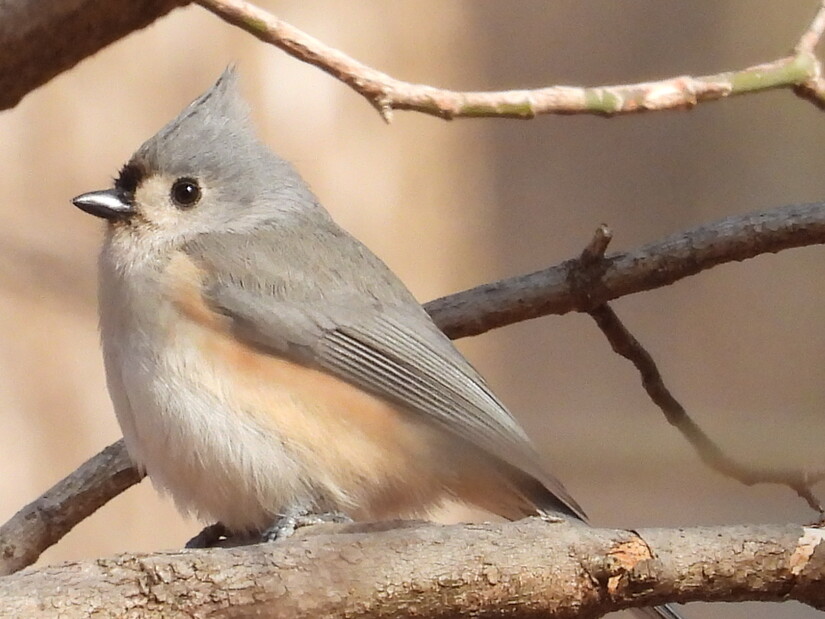
Despite the black caps, most chickadees in the Boyertown area are Carolina chickadees, and not black-capped chickadees (which prefer more mountainous terrain). Chickadees frequent feeders but move in and out with little notice. They are named for their distinctive sound: “Chicka Dee Dee Deeeeeeeeee.”
https://www.allaboutbirds.org/guide/Carolina_Chickadee/sounds
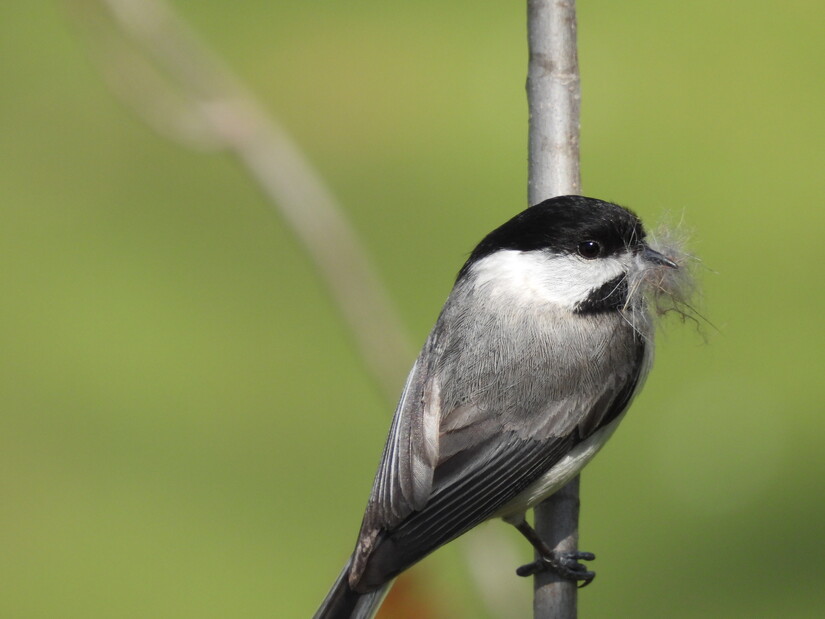
Barred owls are heard but rarely seen, as they tend to be nocturnal hunters. You can sometimes hear their haunting song at dusk. It echoes through fields and woodland and has one of favorite bird mnemonics: “Who? Who? Who cooks for you????”
https://www.allaboutbirds.org/guide/Barred_Owl/sounds
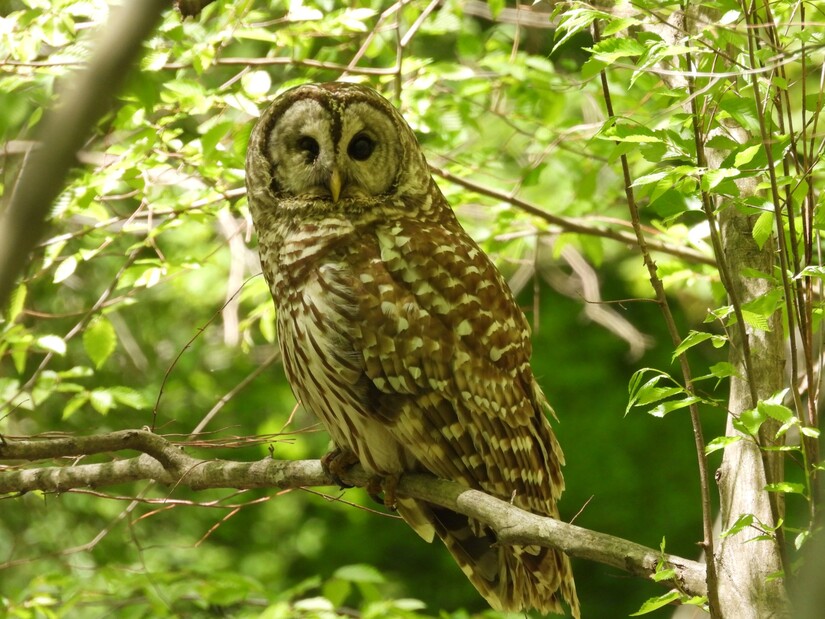
Carolina wrens look like tiny brown golf balls with a stubby tail sticking straight up. They are very people-friendly and commonly nest around patios - in flower planters, under porch eaves, even under porch chairs. They pack a distinct and reverberating song for such a small bird. It sounds like they are exclaiming “Tea kettle, tea kettle, tea kettle…TEA!”
https://www.allaboutbirds.org/guide/Carolina_Wren/sounds#
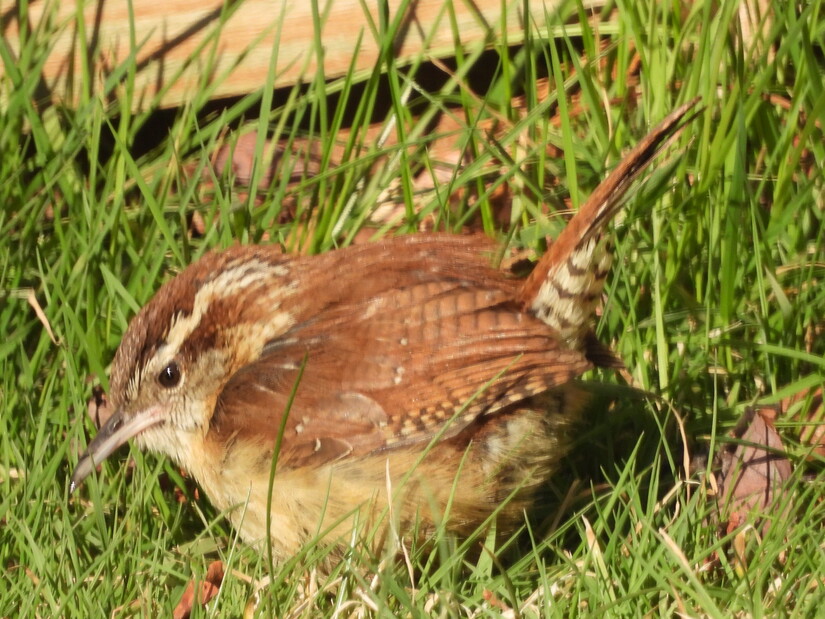
American robins are seemingly in every backyard in the Boyertown area. They provide a common sound of spring in this area. Their call is usually of series of 10 or so cheeps of different sounds, offered in pairs.
https://www.allaboutbirds.org/guide/American_Robin/sounds
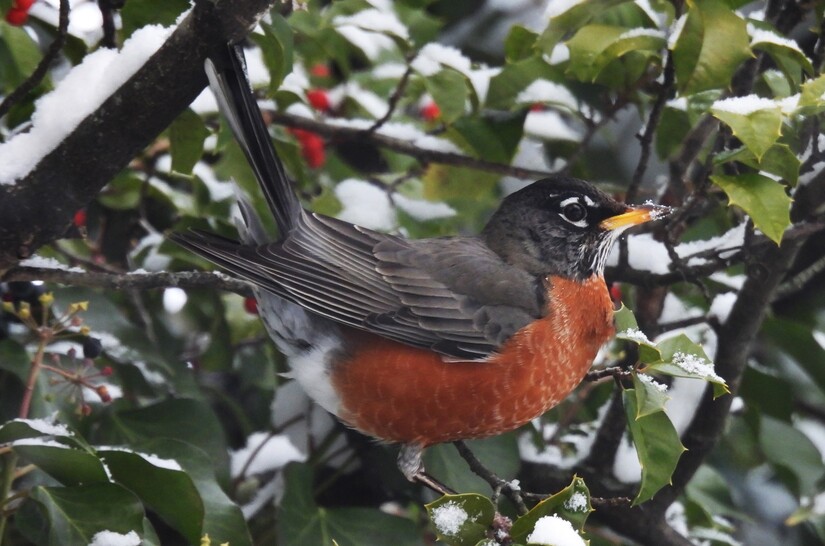
Gray catbirds are fun to listen to as they often mew like cats. They are friendly critters. Gray catbirds will often sit on my garden fence while I dig, patiently waiting for me to uncover its lunch. They are gray with a distinctive black cap and sometimes a fluff of orange can be seen in their butt area. This particular catbird picture was taken from the National Audubon Society’s website as I could not find a catbird image of my own.
https://intobirds.com/video-gray-catbird-rust-butt-mewing-like-a-cat/
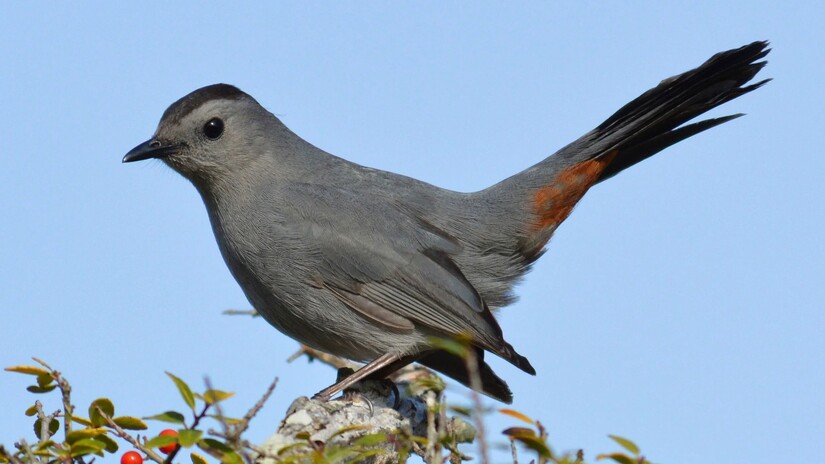
The male American goldfinch is a beautiful yellow bird with black cap that loves to eat the seeds of zinnias and coneflowers from backyard gardens. Besides their resplendent color, they are identifiable by the quick dips they perform while flying away. Experts say that their song sounds like they are repeating “potato chip, potato chip, potato chip.” Personally, I don’t hear that, but they put out quite a bit of chatter.
https://www.allaboutbirds.org/guide/American_Goldfinch/sounds

There are probably several species of sparrows loitering in your backyard, but my personal favorite is the chipping sparrow. It’s a bit smaller than most sparrows and is identifiable by its rust-colored hat. Its call is quite unique - a series of fast, mechanical trills that sound almost insect in nature.
https://www.allaboutbirds.org/guide/Chipping_Sparrow/sounds
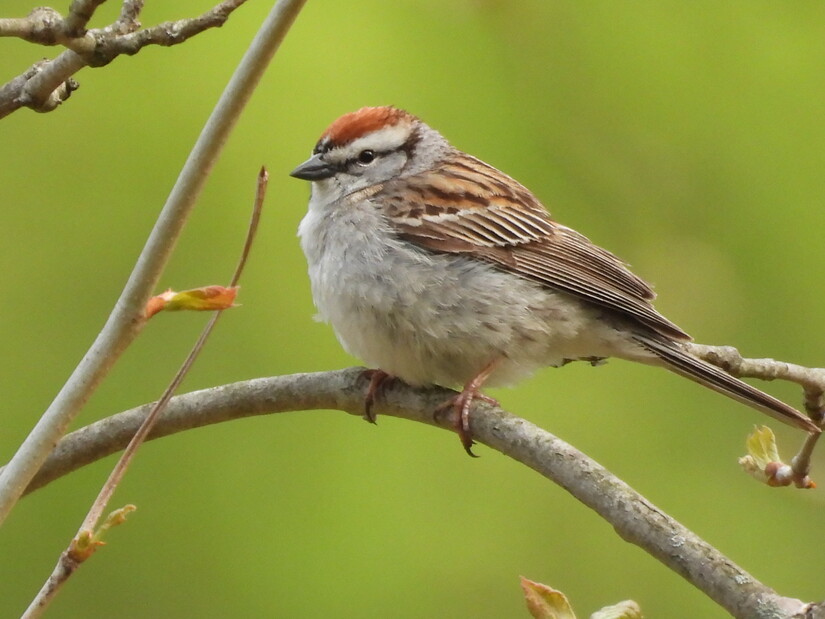
Eastern towhees are occasional visitors to backyards. They tend to move through quickly when seen. I included them on this list because I absolutely adore their song - a loud, plaintive “Drink your TEEEEAAAAAAA!”
https://www.allaboutbirds.org/guide/Eastern_Towhee/sounds

For those ready to learn the songs and calls of even more bird species, consider loading the free Merlin app to your phone. Developed by the Cornell Lab of Ornithology, it’s a very user-friendly learning guide to birds. You simply open the app, hold your phone up to a singing bird, and it will tell you what species of bird is singing. You can also download a bird picture to the app and it will identify the bird for you. You rarely see birders - both amateur and professional - in the field without their Merlin app turned on.
* Mike Strzelecki is a freelance travel and outdoor writer, and 1981 graduate of Boyertown Area Senior High School. He writes from his house in Baltimore, Maryland. In his spare time, he joins his wife on adventures around the country observing and photographing birds.